UNIT 3 Sensation and Perception
1/106
Earn XP
Description and Tags
EXAM WEIGHT: 6-8%
Name | Mastery | Learn | Test | Matching | Spaced |
|---|
No study sessions yet.
107 Terms
sensation
the process by which our sensory receptors and nervous system receive and represent stimulus energies from our environment
Sens
perception
the process of organizing and interpreting sensory information, enabling us to recognize meaningful objects and events
bottom-up processing
Starting with the sensory input, the brain attempts to understand/make sense.
Example: You see a long, slim, slithering creature on the ground… you process… ah! A snake!
top-down processing
Guided by experience and higher-level processes, we see what we expect to see.
Example: As an experienced hiker, you expect to see snakes on your hike so a stick, lizard, etc. all seem like snakes.
selective attention
the ability to focus on only one stimulus from among all sensory input
Inattentional blindness
failing to see visible objects when our attention is directed elsewhere
Example: while watching tv, you fail to notice someone walk in the room
Transduction
conversion of one form of energy into another
Psychophysics
the study of the relationship between the physical characteristics of stimuli
absolute thresholds
the minimum stimulation needed to detect a particular stimulus 50% of the time
difference thresholds
the minimum difference between two stimuli required for detection 50% of the time
signal detection theory
theory regarding how stimuli are detected under different conditions
subliminal
below one's absolute threshold for conscious awareness
priming
the activation, often unconsciously, of certain associations, thus predisposing one's perception, memory, or response
Weber's law
the principle that, to be perceived as different, two stimuli must differ by a constant minimum percentage (rather than a constant amount)
sensory adaptation
diminished sensitivity as a consequence of constant stimulation
perceptual set
a mental predisposition to perceive one thing and not another
context effects
describes how the context in which a stimulus occurs can contribute to how people perceive that stimulus
schema
a concept or framework that organizes and interprets information
extrasensory perception
the controversial claim that perception can occur apart from sensory input; includes telepathy, clairvoyance, and precognition
parapsychology
the study of paranormal phenomena, including ESP and psychokinesis
color
An element of art that is derived from reflected light
wavelength
the distance from the peak of the next
amplitude
What is brightness/intensity of a color or the loudness of a sound influenced by?
Cornea
is the eye’s clear, protective outer layer covering the pupil and iris. Light enters the eye first through the cornea.
hue
the dimension of color that is determined by the wavelength of light; what we know as the color names blue, green, and so forth
intensity
the amount of energy in a light or sound wave, which we perceive as brightness or loudness, as determined by the wave's amplitude
pupil
the adjustable opening in the center of the eye through which light enters
iris
Colored part of the eye
lens
the transparent structure behind the pupil that changes shape to help focus images on the retina
Retina
rods
retinal receptors that detect black, white, and gray; work best at night
cones
retinal receptor cells concentrated near the center of the retina; detect color; work best in light
Optic Nerve
the nerve that carries neural impulses from the eye to the brain
bipolar cells
eye neurons that receive information from the retinal cells and distribute information to the ganglion cells
ganglion cells
In the retina, the specialized neurons that connect to the bipolar cells; the bundled axons of the ganglion cells form the optic nerve.
retina, bipolar cells, ganglion cells, optic nerve, thalamus, brain
What steps does a neural impulse go through when going through the retina?
fovea
the central focal point in the retina, around which the eye's cones cluster
optic nerve
the nerve that carries neural impulses from the eye to the brain
accomodation
the process by which the eye's lens changes shape to focus near or far objects on the retina
blind spot
the point at which the optic nerve leaves the eye, creating a "blind" spot because no receptor cells are located there
feature detectors
parallel processing
the processing of many aspects of a problem simultaneously
Young-Hemholtz Trichromatic Theory
the theory that the retina contains three different color receptors—one most sensitive to red, one to green, one to blue—which, when stimulated in combination, can produce the perception of any color.
color blindness
a variety of disorders marked by inability to distinguish some or all colors
opponent-process theory
the theory that opposing retinal processes (red-green, yellow-blue, white-black) enable color vision. For example, some cells are stimulated by green and inhibited by red; others are stimulated by red and inhibited by green
gestalt
an organized whole
figure-ground
the organization of the visual field into objects (the figures) that stand out from their surroundings (the ground).
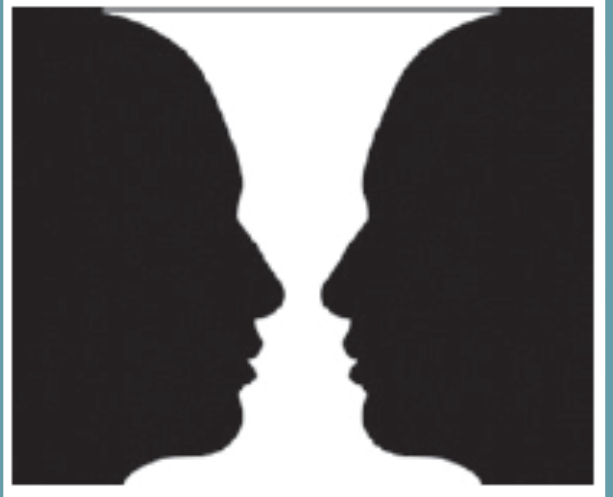
grouping
the perceptual tendency to organize stimuli into coherent groups
proximity
nearness, closeness
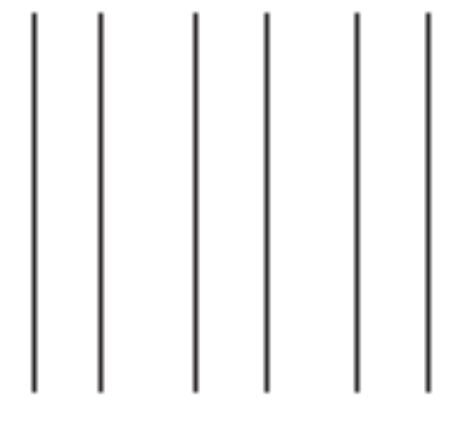
continuity
we perceive smooth, continuous patterns rather than discontinuous ones
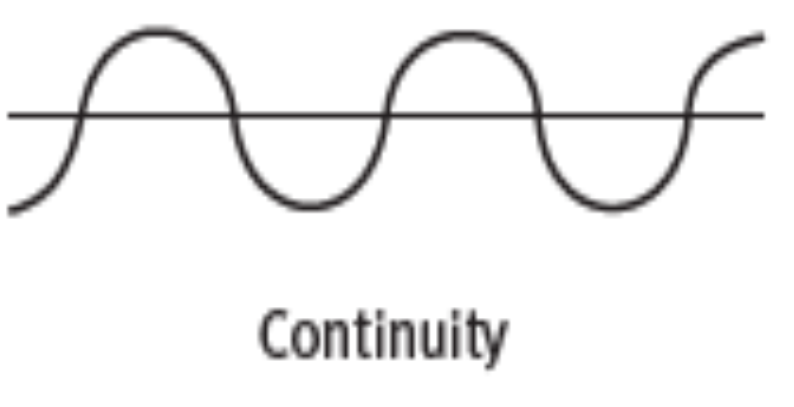
closure
we fill in gaps to create a complete, whole object
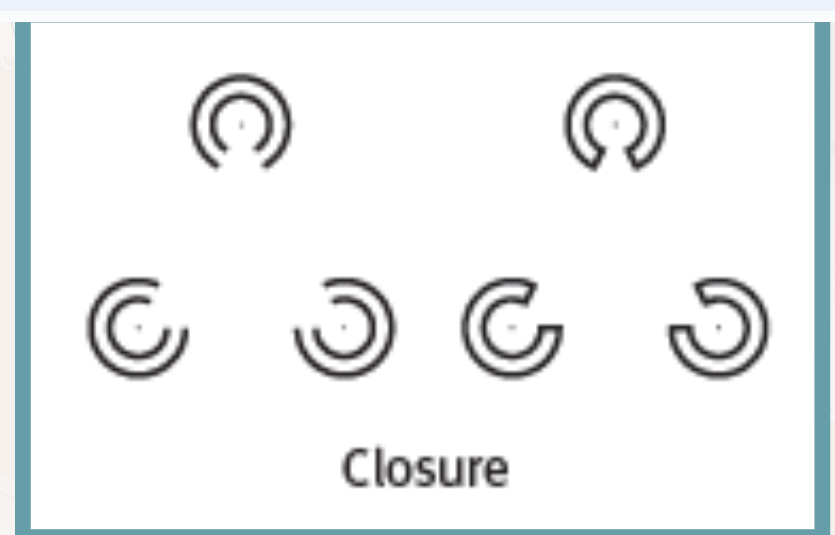
similarity
the tendency to perceive things that look similar to each other as being part of the same group
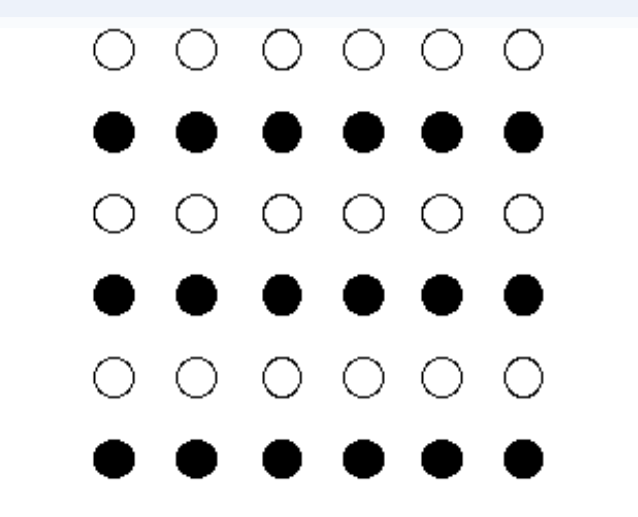
Depth perception
the ability to see objects in three dimensions although the images that strike the retina are two dimensions
Visual cliff
a lab device for testing depth perception in infants and young adults
common fate
the tendency to perceive objects that are moving together as belonging together
pragnanz
every stimulus is seen as simply as possible
binocular cues
depth cues, such as retinal disparity, that depend on the use of two eyes
retinal disparity
By comparing retinal images from the two eyes, the brain computes distance. The greater the difference between two objects, the closer the object.
Colour blindness
A genetic condition that prevents individuals from discriminating between certain colours due to the weakness in or lack of one of the cones
monocular cues
depth cues available to each eye separately
Phi phenomenon
an illusion of movement created when two or more adjacent lights blinks on and off in quick succession
Perceptual constancy
Perceiving objects as unchanging even as illumination and retinal image change.
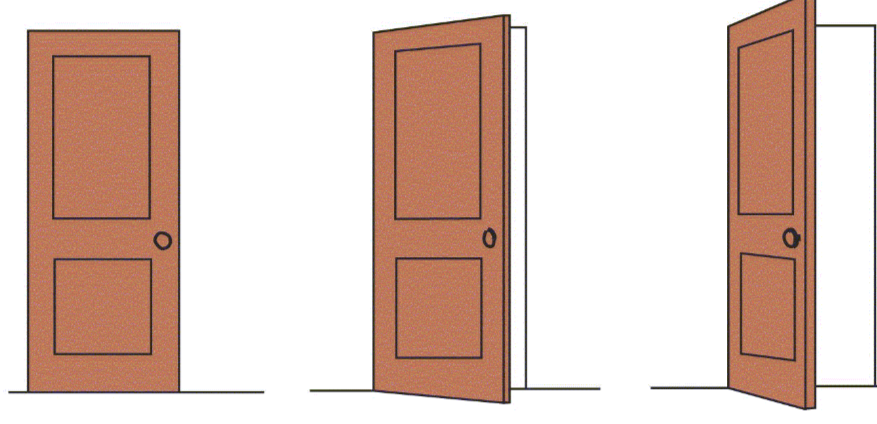
Colour Constancy
perceiving familiar objects as having consist colours, even if changing illumination alters the wavelengths reflected by the object
Size constancy
Stable size perception amid changing size of the stimuli
interposition
if one object partially blocks our view of another, we perceive it as closer
linear perspective
A monocular cue for perceiving depth; the more parallel lines converge, the greater their perceived distance.
relative size
The more distant an object, the smaller its image will be on the retina.
mono cue
relative height
a monocular cue for perceiving depth; objects higher in our field of vision are perceived as farther away
texture gradient
the tendency for textured surfaces to appear to become smaller and finer as distance from the viewer increases
Convergence
The inward angle of the eyes focusing on a near object (turning your eyes in to look at a close object)
Stroboscopic Movement
Our tendency to perceive motion in a series of slightly varied still images flashed in rapid
Sensory adaptation
the process of filtering out, or getting used to, certain sensory information that our brains deem to be irrelevant
Perceptual adaptation
the process in which we take in that sensory information and our minds “fill in the blanks” with memories.
familiar size
because we know how large familiar objects are, we can tell how far away they are by the size of their retinal images
aerial perspective
monocular cue to distance and depth based on the fact that more distant objects are likely to appear hazy and blurred.
shading
A color or pattern used to fill the background of a cell
motion parallax
a depth cue in which the relative movement of elements in a scene gives depth information when the observer moves relative to the scene
audition
sense of hearing
frequency
determines how high or low a pitch is
pitch
a tone's experienced highness or lowness; depends on frequency
outer ear
The part of the ear that collects sound waves; consists of the pinna, the ear canal, and the eardrum.
middle ear
the chamber between the eardrum and cochlea containing three tiny bones (hammer, anvil, and stirrup) that concentrate the vibrations of the eardrum on the cochlea's oval window
Cochea
a coiled, bony, fluid-filled tube in the inner ear. Sound waves traveling through the cochlear fluid trigger nerve impulses.
inner ear
the innermost part of the ear, containing the cochlea, semicircular canals, and vestibular sacs
cochlear nerve
the branch of the auditory nerve that transmits auditory information from the cochlea to the brain
basilar membrane
a structure that runs the length of the cochlea in the inner ear and holds the auditory receptors, called hair cells.
auditory cortex
the area of the temporal lobe responsible for processing sound information
cochlear implant
a device for converting sounds into electrical signals and stimulating the auditory nerve through electrodes threaded into the cochlea
Helmholtz's place theory
the theory that links the pitch we hear with the place where the cochlea membrane is stimulated
frequency theory
in hearing, the theory that the rate of nerve impulses traveling up the auditory nerve matches the frequency of a tone, thus enabling us to sense its pitch
volley principle
The theory holding that groups of auditory nerve fibers fire neural impulses in rapid succession, creating volleys of impulses.
gate-control theory
States that the spinal cord contains a neurological “gate” that blocks pain signals or allows them to pass on to the brain.
pressure, warmth, cold, and pain
What sensations make up our sense of touch?
Nociceptors
pain receptors
olfaction
sense of smell
kinesthesia
our movement sense- our system for sensing the position and movement of body arts
example: when you are riding a bicycle, receptors in your arms and legs send information to the brain about the position and movement of your limbs.
proprioception
our sense of body position